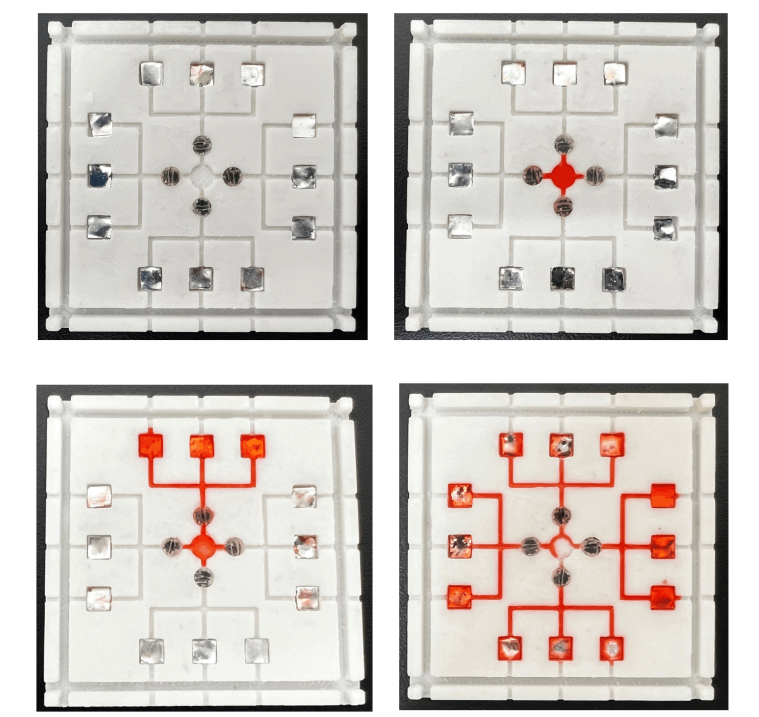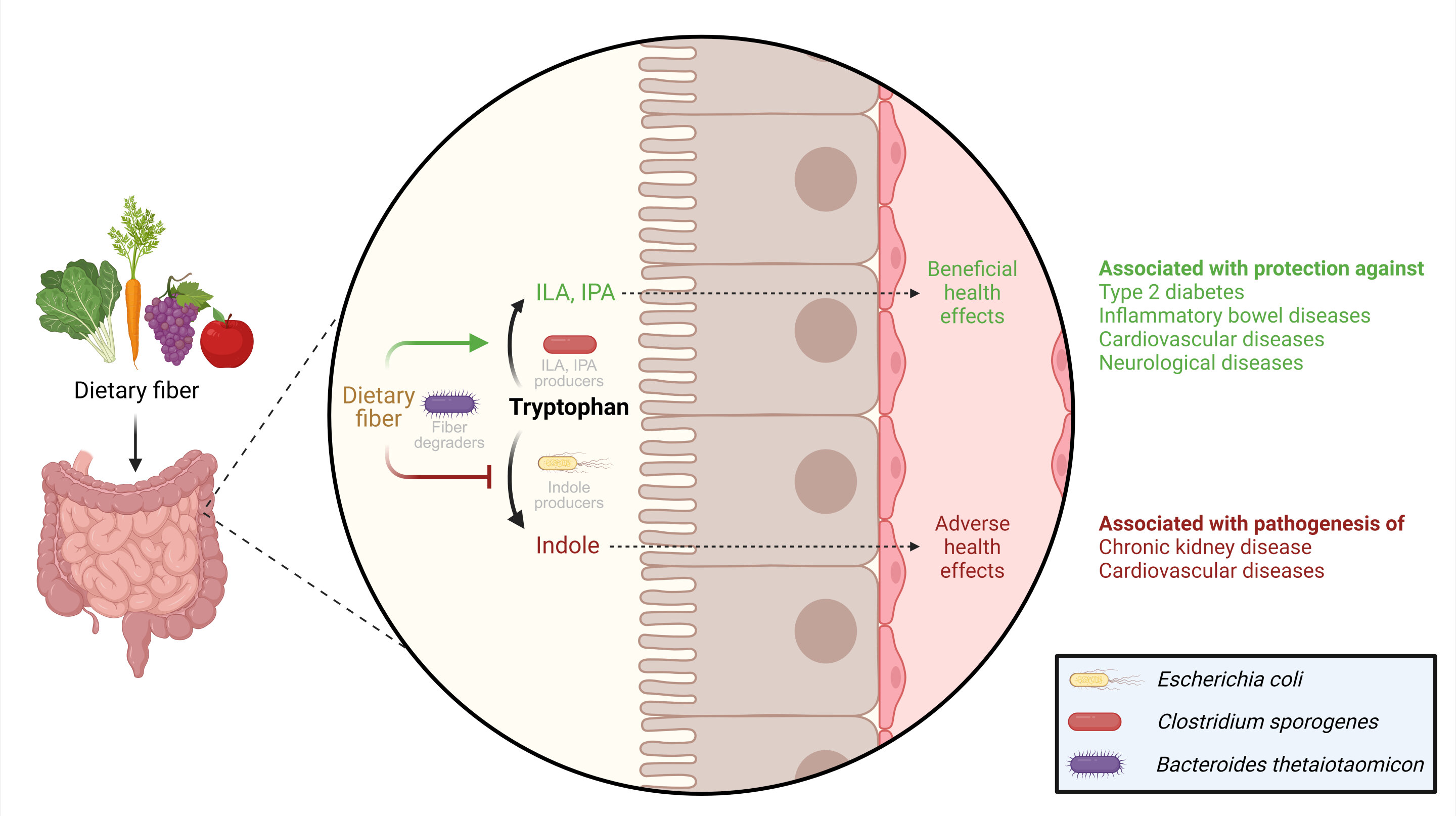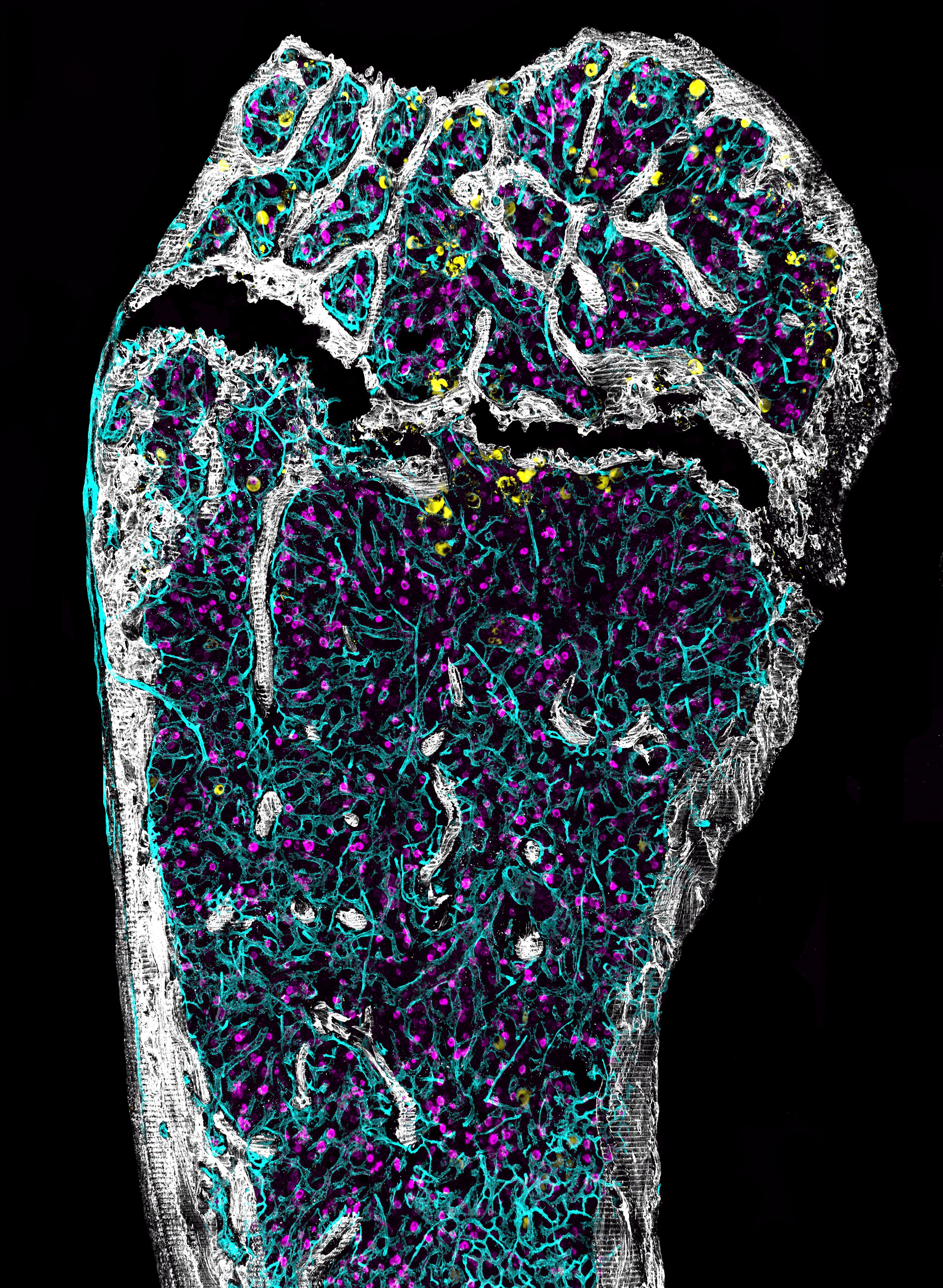
Chip design can rapidly and efficiently test for multiple pathogens simultaneously, potentially reducing foodborne illness. Researchers have developed a new method for detecting foodborne pathogens that is faster, cheaper, and more effective than existing methods. Their microfluidic chip uses light to detect multiple types of pathogens simultaneously and is created using 3D printing, making it easy to fabricate in large amounts and modify to target specific pathogens. The researchers hope their technique can improve screening processes and keep contaminated food out of the hands of consumers.
Every so often, a food product i...
Read More








Recent Comments